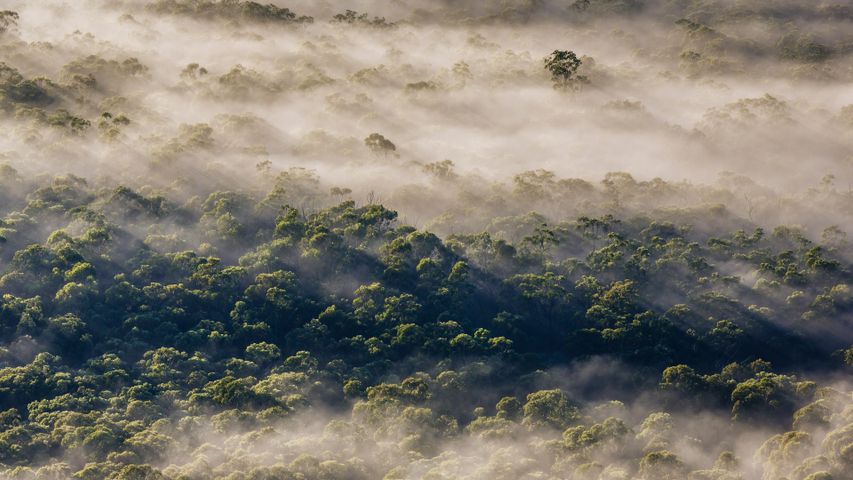Volcano Llaima with Araucaria trees in the foreground, Conguillío National Park, Chile
© Fotografías Jorge León Cabello/Getty Image
Fall for Chile
It's nearly autumn in Chile, where signs of the season vary widely as one travels from the Atacama Desert in the north more than 2,600 miles south to the tip of Tierra del Fuego. Around halfway between these two extremes you can find Conguillío National Park and the volcano Llaima at Chile's center. In March, at the start of the Southern Hemisphere's autumn, the leaves of the deciduous forest begin to turn color and fall, and the native Chilean pine trees (Araucaria araucana) stand out even more strikingly.
Because of their distinctive appearance and the fact that they thrive in a wide range of climates, Chilean pine trees became a favorite of botanists in the 19th century, who transported and cultivated them in many temperate areas around the world. Also known as 'monkey puzzle' trees, they got this whimsical common name in the 1850s when English barrister Charles Austin observed, 'It would be a puzzle for a monkey to climb that.' Even more amazing is that these trees can live over a thousand years and are themselves living fossils, descended from a lineage stretching back 260 million years to the time of the dinosaurs.
Related Images
Bing Today Images
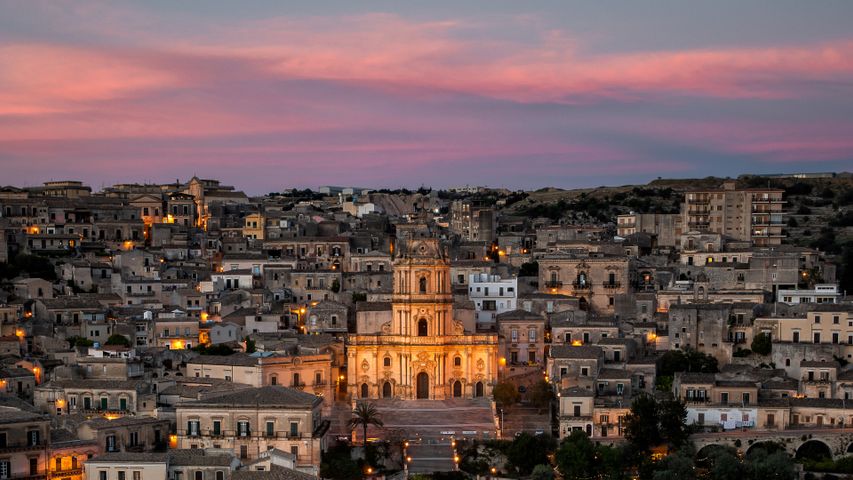
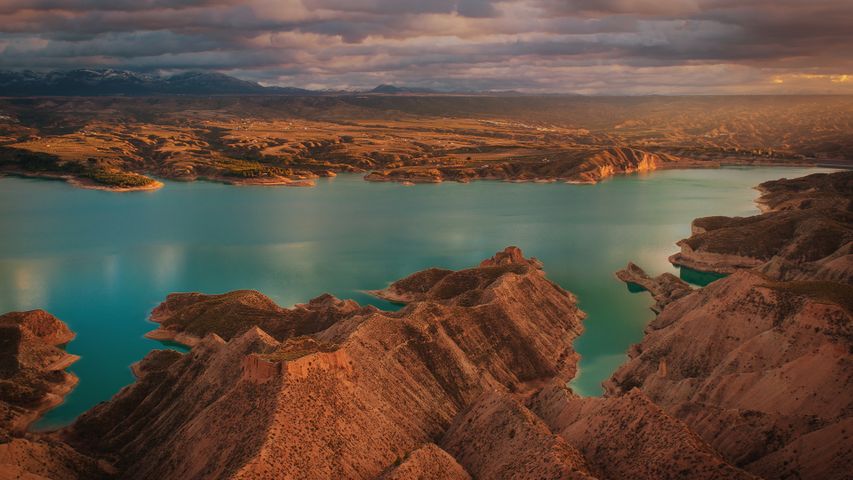
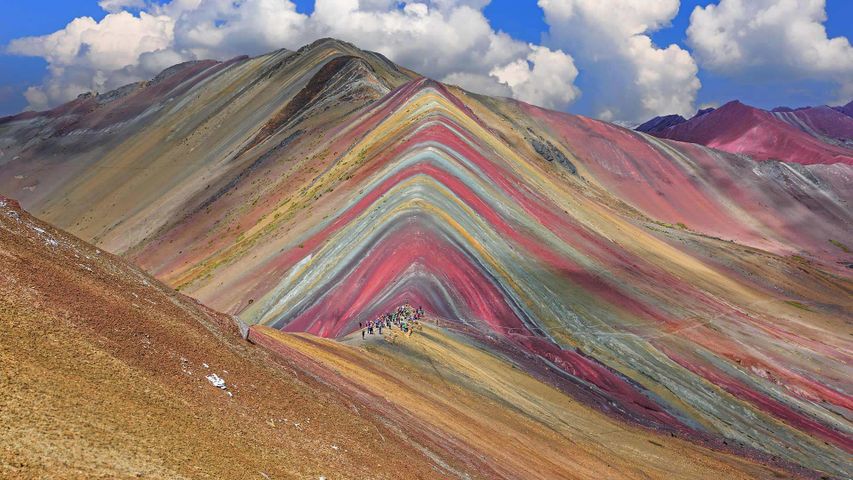
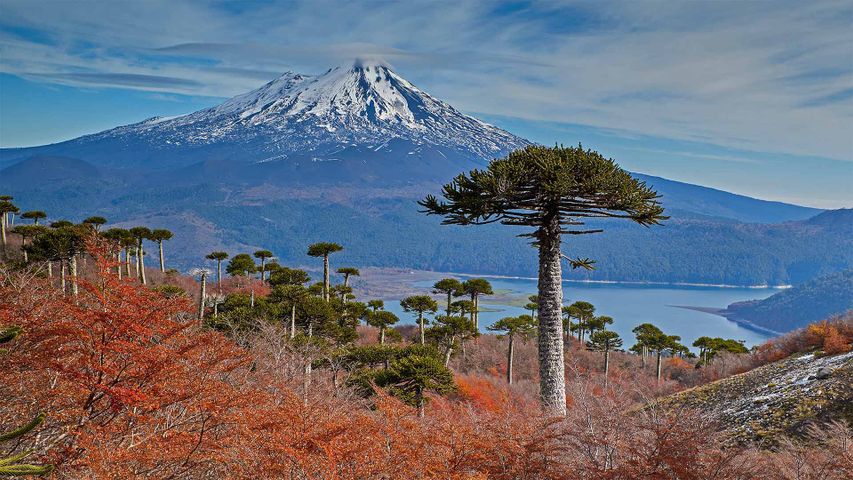
 Texas State Capitol in Austin
Texas State Capitol in Austin
 Chisos Mountains, Big Bend National Park, Texas
Chisos Mountains, Big Bend National Park, Texas
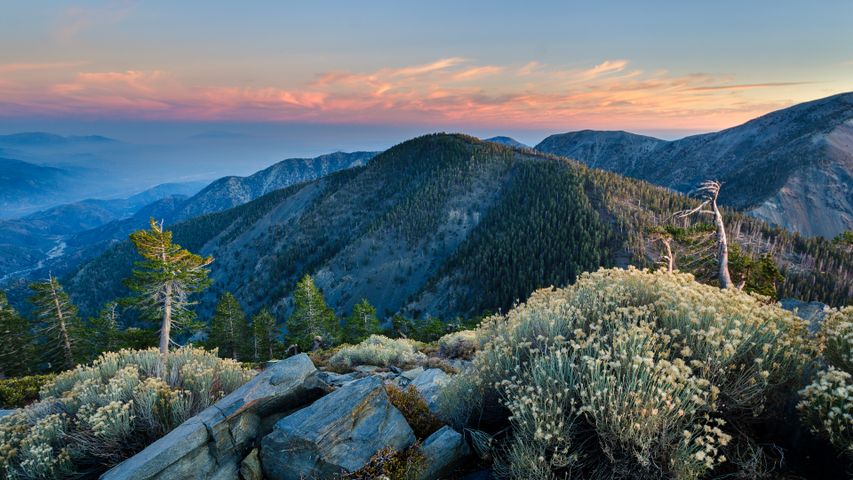 Summit of Pine Mountain, Angeles National Forest, California
Summit of Pine Mountain, Angeles National Forest, California
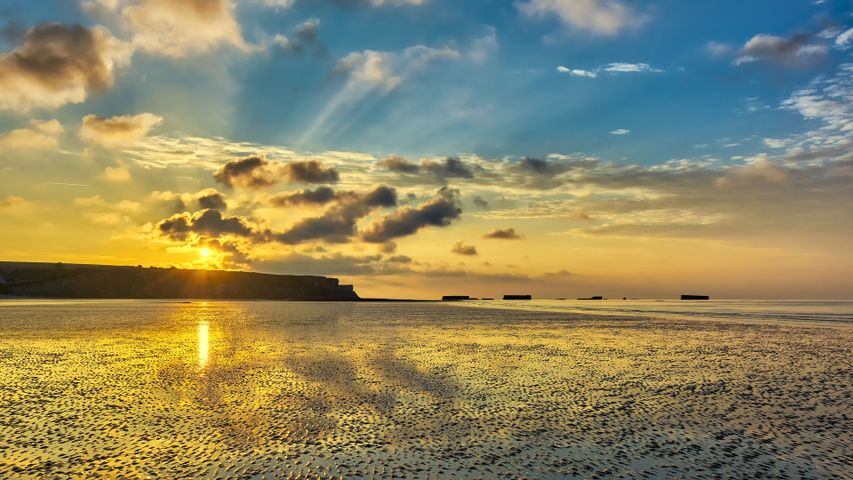 Arromanches-les-Bains in Normandy, France
Arromanches-les-Bains in Normandy, France
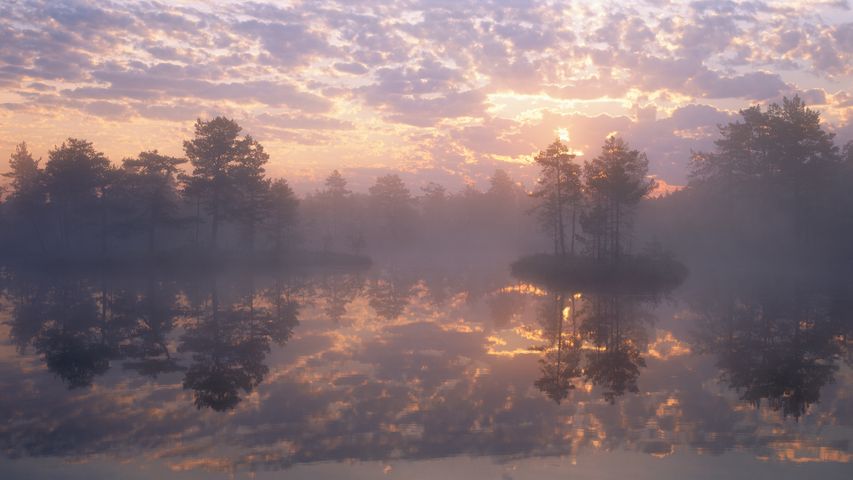 Knuthöjdsmossen, a nature reserve in Sweden
Knuthöjdsmossen, a nature reserve in Sweden
 Miravet on the Ebro River, Tarragona, Catalonia, Spain
Miravet on the Ebro River, Tarragona, Catalonia, Spain
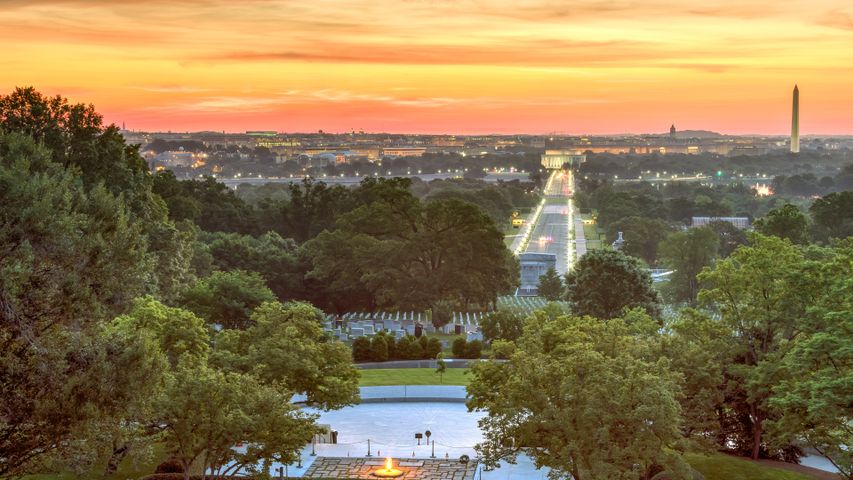 Arlington National Cemetery in Virginia
Arlington National Cemetery in Virginia
 Jotunheimen National Park in Norway
Jotunheimen National Park in Norway
